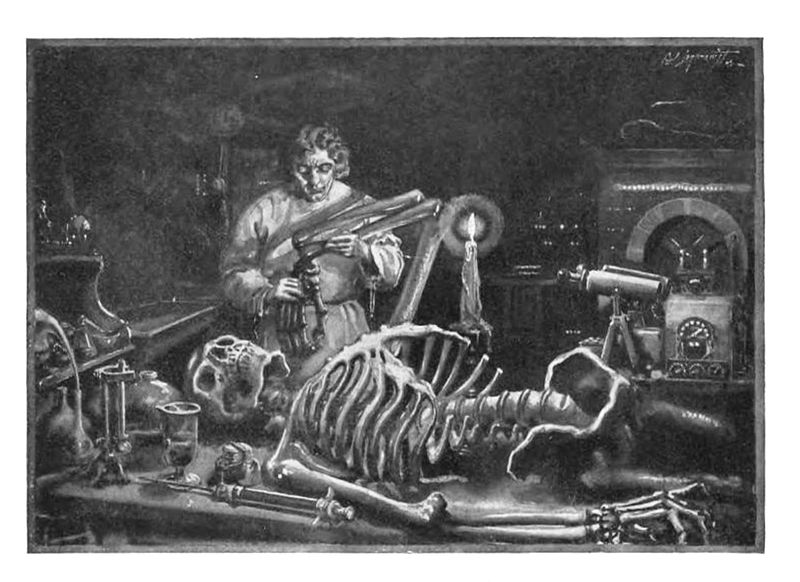
Mary Shelley’s Frankenstein turns 200 years old this year and people around the world are celebrating. First published anonymously in 1818, the novel was the brainchild of an untested teenage writer who has now become a household name. A man of science makes dead matter live yet abandons his own creation. A creature is composed of human body parts yet denied a place in human society. The epic struggle that ensues between creator and creature poses enduring questions to all of us. What do we owe our nonhuman creations? How might the pursuit of scientific knowledge endanger or empower humanity? These are just some of the moral quandaries that drive the novel as well as our own hopes and fears about modernity.
After bursting the novel’s bounds, the story at the heart of Frankenstein quickly became a modern myth. The Black Frankenstein became a potent metaphor for racial otherness in the nineteenth century and remains so to this day. From Boris Karloff as the iconic Monster of 1931 to the transvestite Dr. Frank-N-Furter in The Rocky Horror Picture Show of 1975, the novel has inspired dozens of films and dramatizations. Poets, novelists, and artists continue to wrestle with the novel’s imaginative possibilities. And Frankenstein, of course, permeates our material culture. Think no further than Franken Berry cereal, Frankenstein action figures, and Bride of Frankenstein wigs.
Here at Washington University in St. Louis, we have been having our own celebration. Enthusiastic participation in lectures, film screenings, conferences, exhibits, a creative competition, theatrical performances, and campuswide discussions of the novel underscores just how compelling the novel remains to us today. The Common Reader now joins the party with a special issue on Frankenstein at 200. Based on a conference held here in October of 2017, this issue provides a snapshot of how scholars across the humanities, arts, and sciences are thinking about Frankenstein today. You will find reflections on a wide range of topics: the complexities of female authorship, the ongoing saga of the Black Frankenstein, what happens when Frankenstein meets climate change, how Frankenstein relates to post-colonialism, the potential and pitfalls of bioenhancement technologies, the experimental art the novel is inspiring right now, and much more.
Frankenstein is great fun and deadly serious. Read these essays and join the party!
—Corinna Treitel, Guest Editor